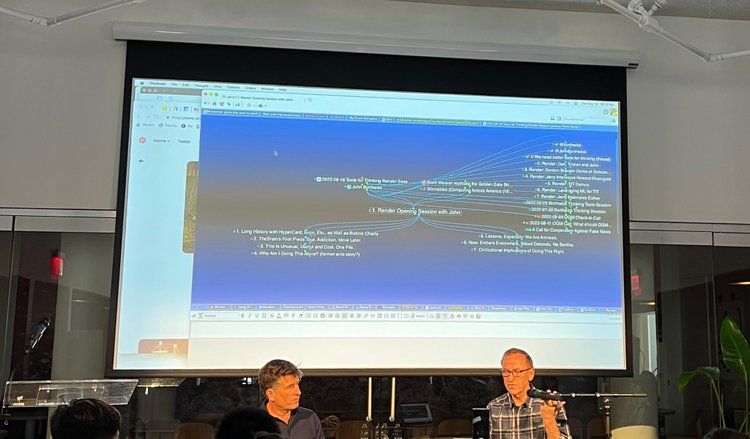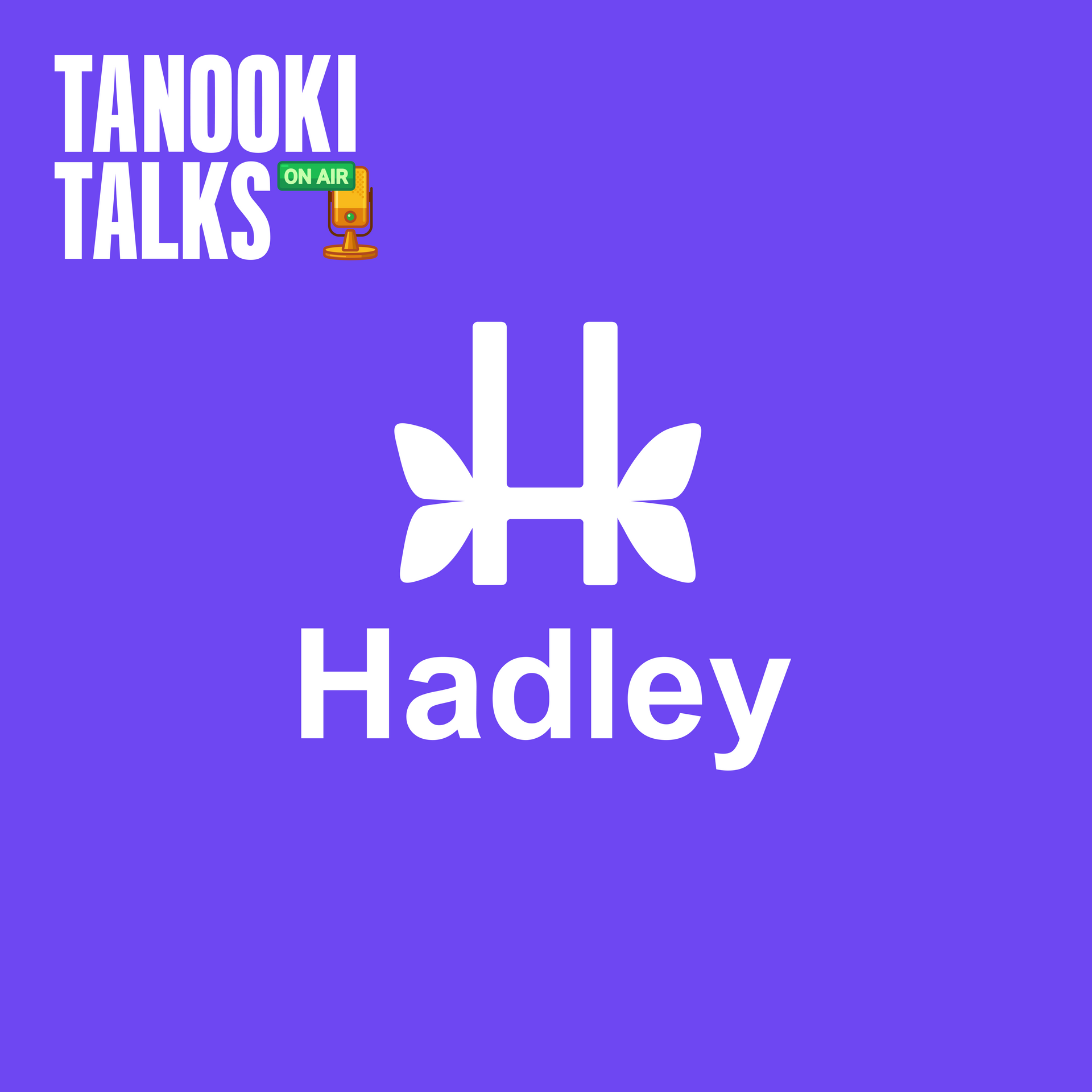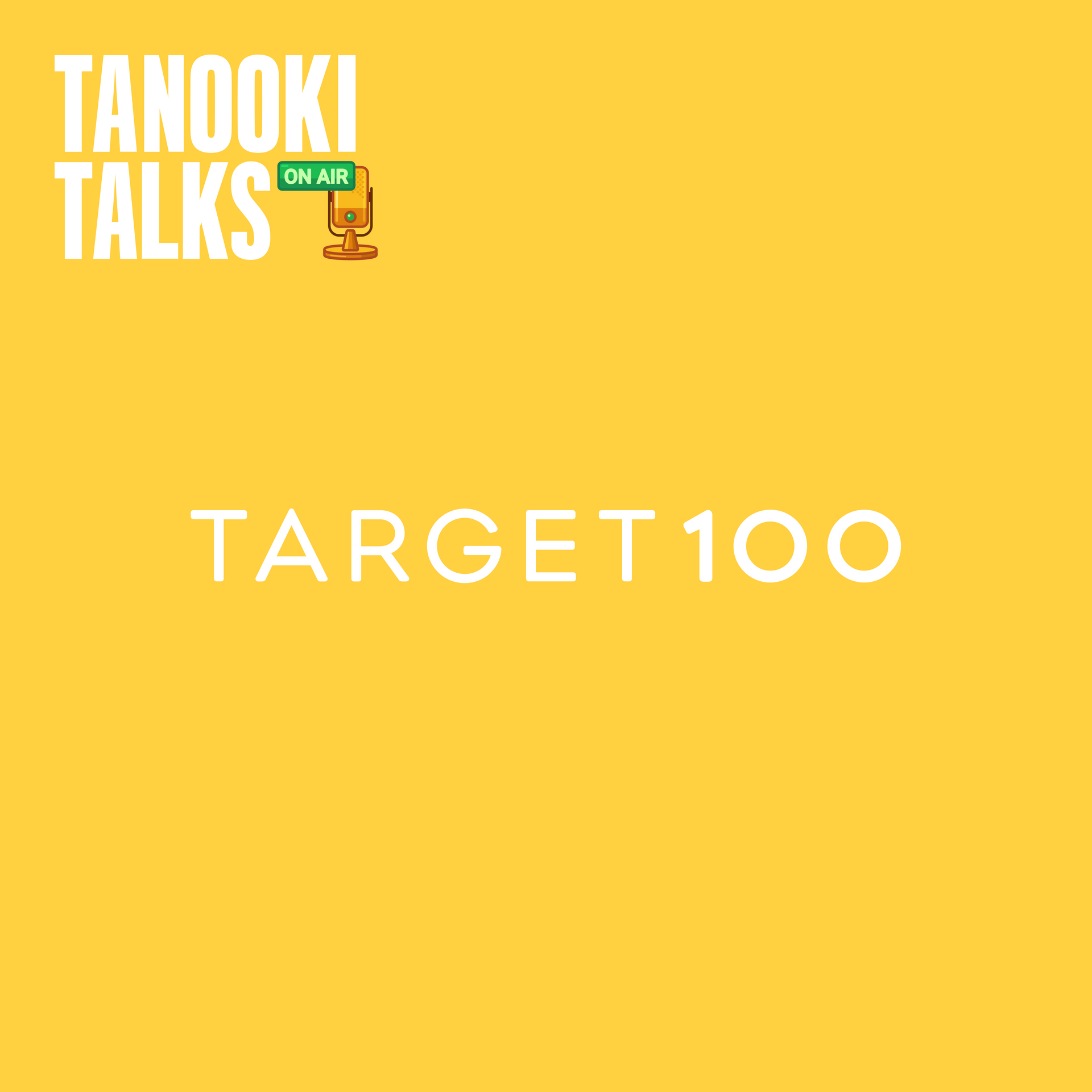Betaworks Render Recap: Tools for Thinking

Betaworks, a venture fund, incubator, and accelerator based in NYC, is often known for its events and co-working space. While COVID slowed down their ability to host regular in-person events, they’ve now relaunched Render, a mini-conference that focuses on a hot startup trend. We recently attended their most recent Render event, entitled “Tools for Thinking”, and came away with much to think about ourselves.
The talks and panels focused on sharing technologies and products that help capture, organize, internalize, collaborate on, and analyze information to improve human thinking. Not just solely defining these tools or detailing how they apply to various products and projects, the conversation also included the historical and possible future impacts of this technology. Here’s what we learned.
There’s a positive feedback loop on the very existence of these tools. To think (pun intended): by creating opportunities to improve our own thinking, we can then create even better tools that increase personal and civilizational efficiency. This isn’t anything new; in fact, mnemonic devices, mind-mapping strategies, and even dictionaries are simple “tools for thinking” that have improved our writing and cognitive output for centuries. But now, with improved technology such as graph databases, natural language processing, and machine learning, we’re evolving and quickly accelerating how we organize information, which in turn alters and enhances how we think.
Here are a few examples that we think are interesting:
- The Brain is a robust mind mapping and note-taking tool. During the talk, one of the MCs demoed his 25 years of history by live annotating his own presentation.
- Noosphere is an open-source protocol for thought which enables users to “own” the thoughts they publish via the protocol. Those thoughts can also be accessed and built upon by a future ecosystem of applications.
We should also consider how recent AI advances like GPT-3 for NLP and Dall-e for image generation impact the workflow of writers, developers, and designers. For example, Github’s Copilot uses GPT-3 to help developers accelerate their speed of writing code. This advancement doesn’t come without caution; in fact, speakers were sure to warn builders that AI should not be the product, but instead, that incredible opportunities exist to incorporate AI into tools for thought.
Beyond technological innovations, business model innovations also enable some tools over others. For example, it’s now easier to fund and grow tools like Notion - which in turn helps fund and grow businesses - due to the maturation of Enterprise SaaS models. Others, such as Readwise - a cross-platform, highlighting tool that improves reading comprehension by automating spaced repetition - are potentially best to bootstrap because they may not fit the venture capital model.
As AI, user interfaces, and business models continue to evolve, so will our tools for thinking. Our hope is that these tools will serve the intended purpose of actually making us smarter, more creative, and more efficient, rather than allowing us to lazily lean on technology to generate banal outputs, devoid of the spark that only humans can provide.
For more photos and hot takes, check out
Dave’s Instagram Highlights from the event.



